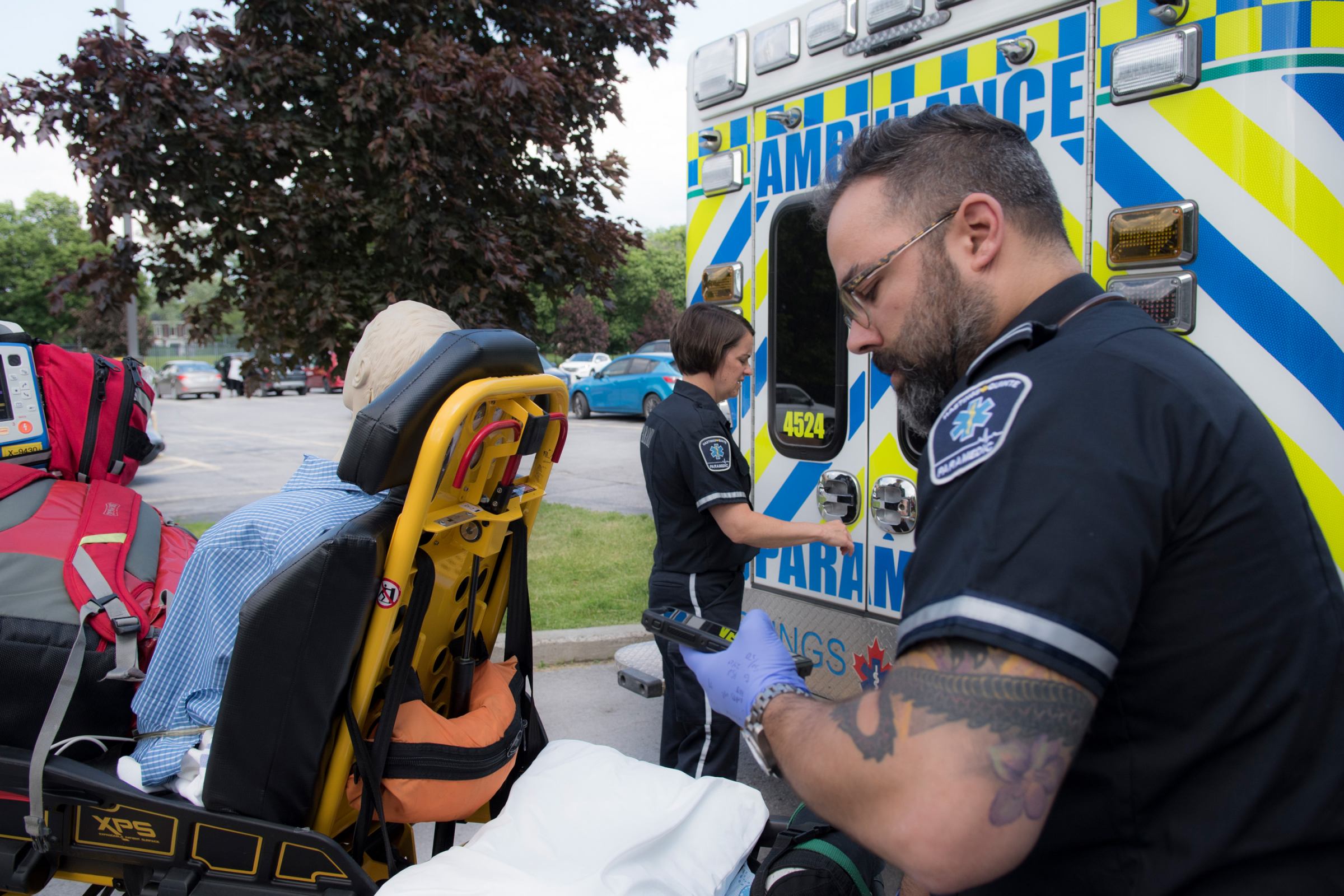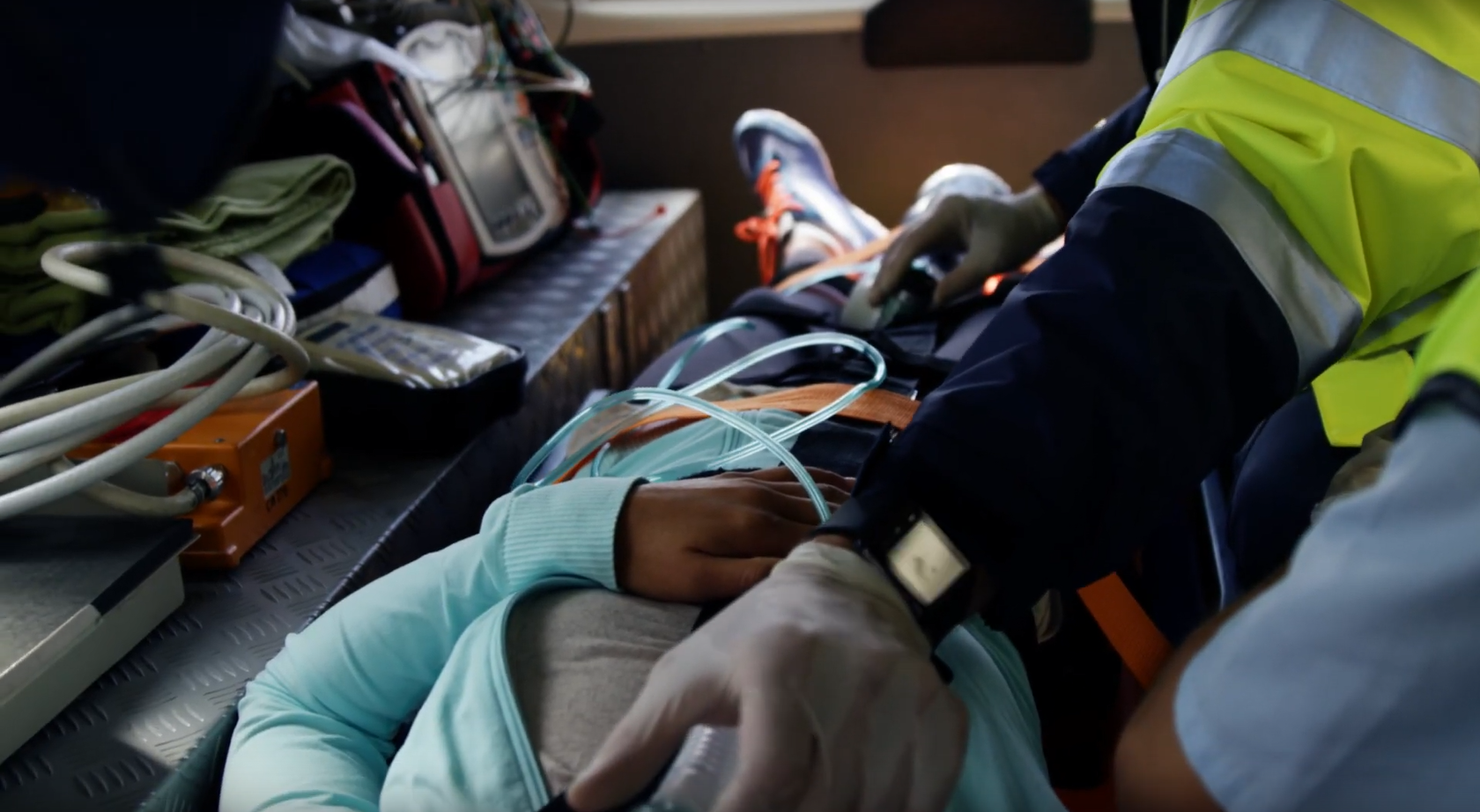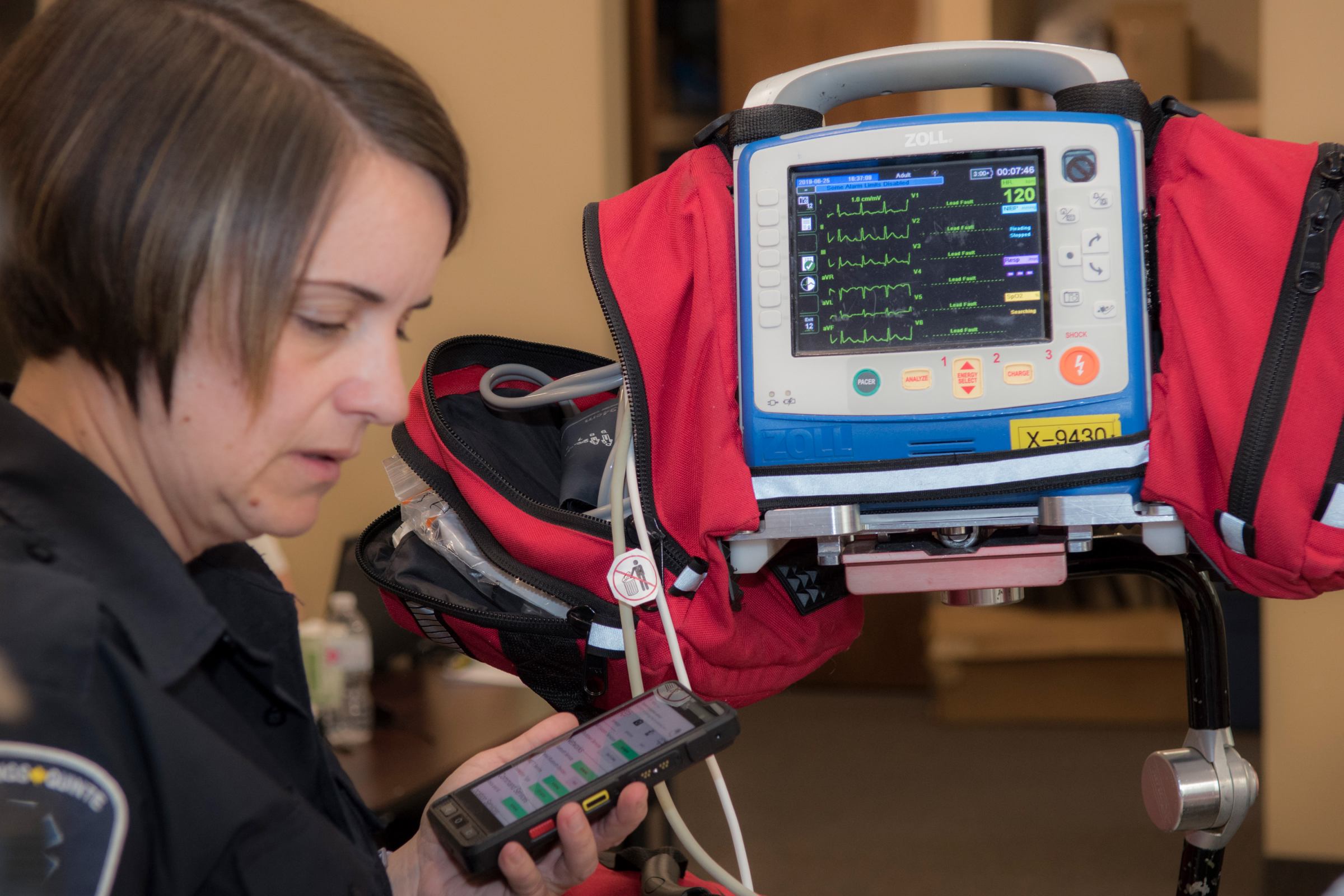
Paramedics must make numerous life-saving decisions, often in the back of an ambulance with limited time. While they at times call doctors for additional medical directives, precious seconds tick away for the patient during these back-and-forth conversations. The Department of Homeland Security (DHS) Science and Technology Directorate (S&T) recently partnered with Canada’s Department of National Defence Science and Technology Organization, Defence Research and Development Canada Centre for Security Science (DRDC CSS) to examine whether artificial intelligence could be used to improve that information overload.
Together with the NASA Jet Propulsion Laboratory and the Hastings-Quinte Paramedic Services in Ontario, Canada, S&T and DRDC CSS conducted an experiment with S&T’s Assistant for Understanding Data Reasoning Extraction and Synthesis (AUDREY), a human-like reasoning system, to determine if AUDREY can perform data fusion, and provide tailored situational awareness information to the paramedic. AUDREY assists the paramedic by augmenting the human decision-making process, helping sort and prioritize through the vast amounts of data being reported to a paramedic through the introduction of new technologies and their already complex operational tempo.
“Responders are inundated with information; why shouldn’t they use available technology to help them weed out information that isn’t needed or provide verification of information – all to aid patient care,” said DHS S&T Program Manager Denis Gusty. “This exercise used S&T-developed technology to aid paramedics and help them provide more efficient care. AUDREY successfully demonstrated how AI can support responders.”

Cross-border Collaborations
S&T’s relationship with its Canadian counterparts goes back to 2010 with the start of the Canadian-U.S. Resiliency Experiment Series (CAUSE), in which communication technology was tested on both sides of the border. The AUDREY-Hastings experiment continued this cross-border initiative and focused on the unique challenges paramedics face, from patient assessment to ambulance transport to hospital transfer.
“This experiment was to improve the patient care point of view,” explained Doug Socha, Chief of the Hastings-Quinte Paramedic service. “When paramedics are consulting on patient treatment plans with physicians, this takes the paramedic and the physician away from their patients. This experiment was to make improvements on that side to save time and also to increase the patient safety aspect.”
One of the potential enhancements AUDREY can offer the paramedic community is in the area of medication safety. With just a photo, the paramedic can confirm a drug and dosage is correct before administering it to the patient.
“We took a picture of the medication the paramedic was about to administer and sent that to AUDREY, which confirmed it was the right drug,” Socha shared. “Paramedics are in the back of the ambulance by themselves making critical decisions, and they don’t have the luxury of the emergency room with other professionals who can be the second set of eyes to ensure the right medication is about to be administered.”
Socha pointed out another improvement: the ability to do visual recognition of the Electronic Patient Care Report. “A lot of the time we do chart audits and quality assurance processes after the fact. By using AUDREY, we are moving that safety aspect immediately to the time of patient care. Right to the back of the ambulance.”

Next Steps
Local Hastings-Quinte paramedics participated in the experiment, and their feedback on AUDREY’s performance will ensure the technology is developed into something truly useful for frontline paramedics. An After Action Report is being prepared on the experiment results and is expected to be made public in the fall of 2019.
The U.S. and Canada have a shared interest in improving the experience of paramedics to make their jobs easier and to fulfill the need to save lives, Gusty explained.
“While I know that the paramedics will always have the final decision when it comes to patient care, the support of AUDREY will result in more efficient transfer to the hospital and support from the paramedic in the field,” said Rick Phillips, Hastings County Warden.

